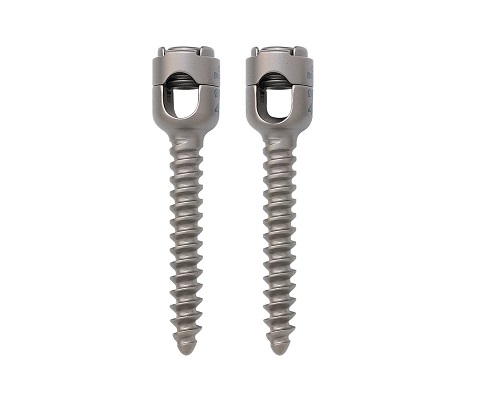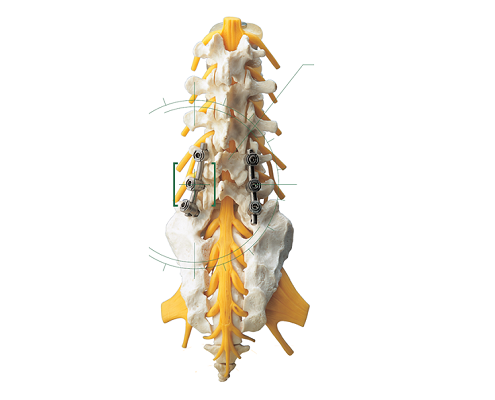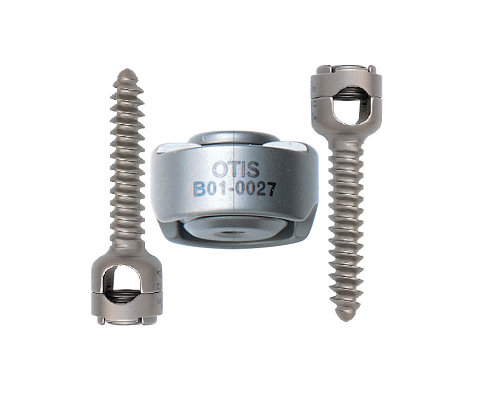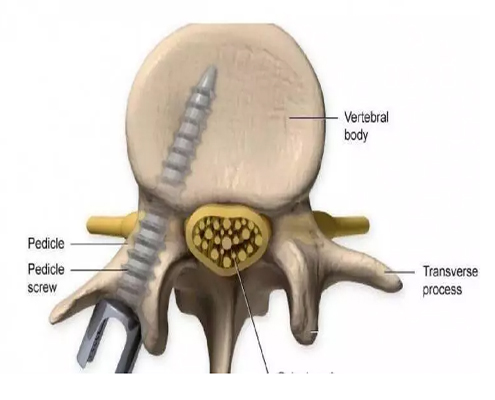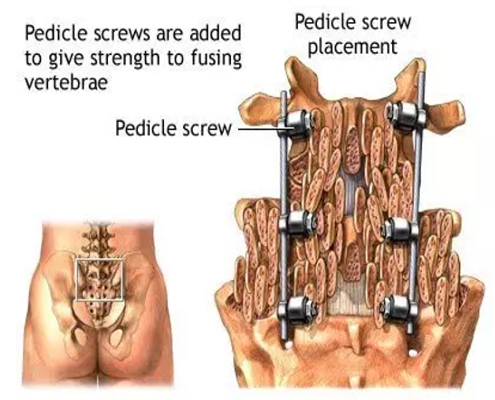Lumbar and Occipital Cervical System

The Lumbar and Occipital Cervical Systems refer to specialized spinal hardware and surgical systems used in spinal fixation procedures to stabilize and support the vertebrae in the lumbar spine (lower back) and occipital-cervical junction (where the skull connects to the upper cervical spine).
Lumbar System:
The lumbar spine (lower back) typically consists of the five vertebrae (L1-L5), and issues in this region can lead to conditions like degenerative disc disease, spinal stenosis, herniated discs, or spondylolisthesis. Surgical interventions might involve the use of lumbar fixation systems to stabilize the spine after injury, degeneration, or deformity.
Key components of a lumbar system include:
- Pedicle Screws: Inserted into the vertebrae to provide strong fixation points for stabilizing rods.
- Rods: Connect screws along the vertebrae to provide stability and support while fusion occurs.
- Interbody Cages: Placed between the vertebrae to maintain disc height and facilitate bone fusion.
- Plates: Sometimes used to stabilize multiple vertebral segments.
- Expandable Devices: In some cases, expandable devices can be used for minimally invasive procedures to maintain or restore proper disc height.
Conditions Treated with Lumbar Systems:
- Degenerative Disc Disease: Causes disc deterioration and pain.
- Spinal Stenosis: Narrowing of the spinal canal that can compress nerves.
- Herniated Disc: A bulging disc pressing on nerves.
- Spondylolisthesis: A condition where one vertebra slips forward over another.
- Spinal Trauma or Fractures: Severe injuries that require stabilization.
Occipital Cervical System:
The occipital-cervical junction refers to the area where the skull meets the top of the spine, particularly the C1 and C2 vertebrae. This is a complex region because it allows for the greatest range of motion in the spine (like head rotation and flexion). Injuries or instability in this area often require careful surgical intervention to stabilize the spine while preserving as much function as possible.
Components of an occipital cervical system include:
- Occipital Plates: Screws and plates attached to the occiput (the base of the skull) to provide anchorage for rods.
- Cervical Screws and Rods: Screws placed into the cervical vertebrae, usually in the lateral masses or pedicles, connected by rods to the occipital plate.
- Hooks: In some systems, hooks may be used in place of screws depending on anatomical requirements.
- Crosslinks: Used to provide additional stability between the rods.
Conditions Treated with Occipital Cervical Systems:
- Atlantoaxial Instability: A condition where there is abnormal movement between the C1 (atlas) and C2 (axis) vertebrae.
- Occipital-Cervical Instability: Instability at the base of the skull and upper cervical spine.
- Fractures of the C1 or C2 Vertebrae: Severe trauma in the neck that requires stabilization.
- Congenital Malformations: Certain birth defects that affect the alignment or stability of the cervical spine.
- Rheumatoid Arthritis: Can cause destruction of the joints in this region, leading to instability.
Surgical Considerations:
- Fusion: Most procedures involving these systems aim to promote fusion, where bone grafts are used to allow the vertebrae to grow together, providing long-term stability.
- Minimally Invasive Approaches: Some lumbar surgeries use minimally invasive techniques that can reduce recovery time and postoperative pain.
- Intraoperative Navigation: Advanced systems use computer-assisted navigation to improve the accuracy of screw placement and minimize risks during surgery.
Risks and Benefits:
- Benefits: Provides structural support, alleviates pain, and corrects deformities or instabilities.
- Risks: Include infection, nerve damage, non-union of the bones, or hardware failure.
These systems are critical tools for spinal surgeons working to address complex spinal conditions, both in the lower back and the upper neck. Would you like more detailed information about specific procedures or the latest advancements in spinal hardware?
